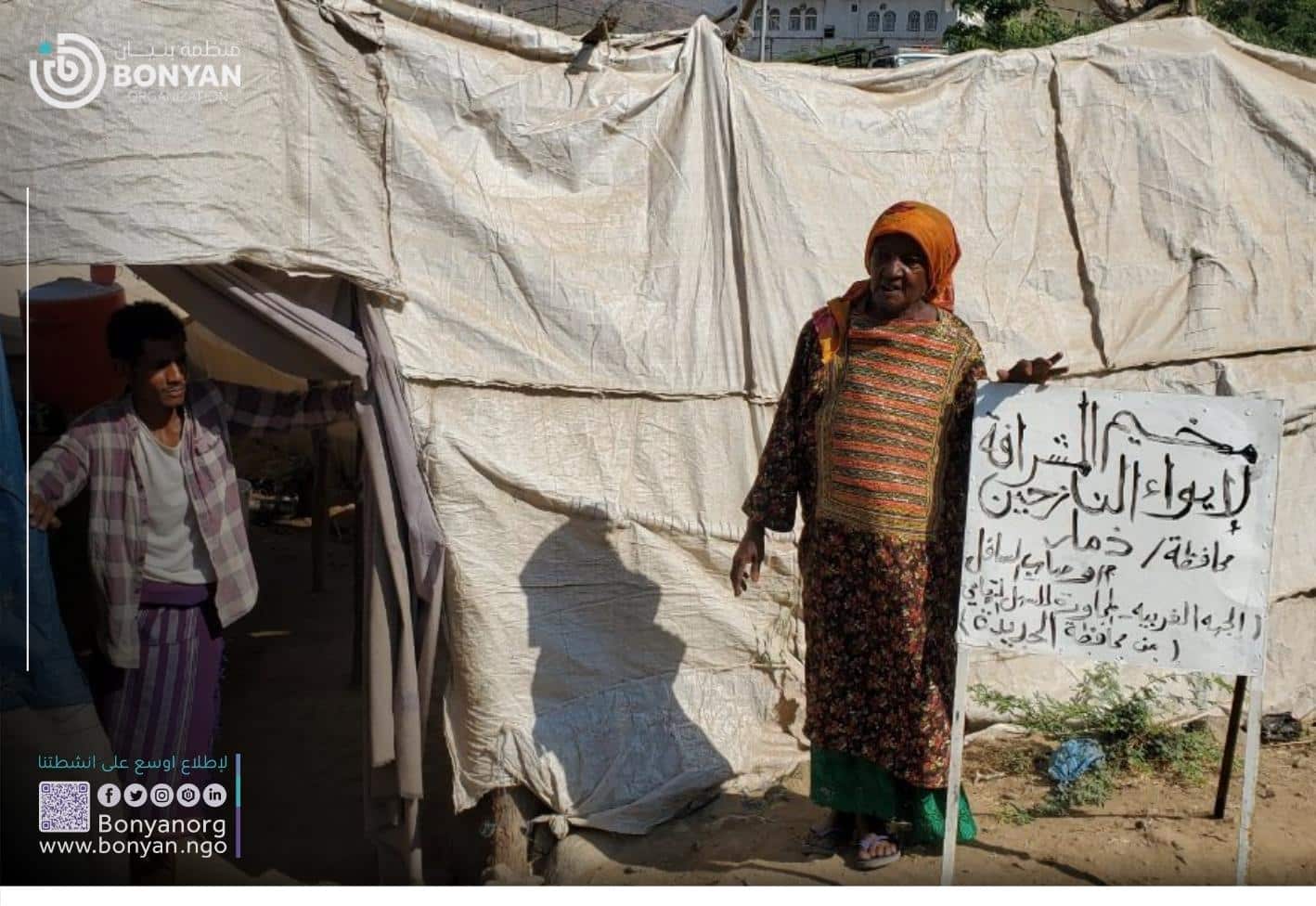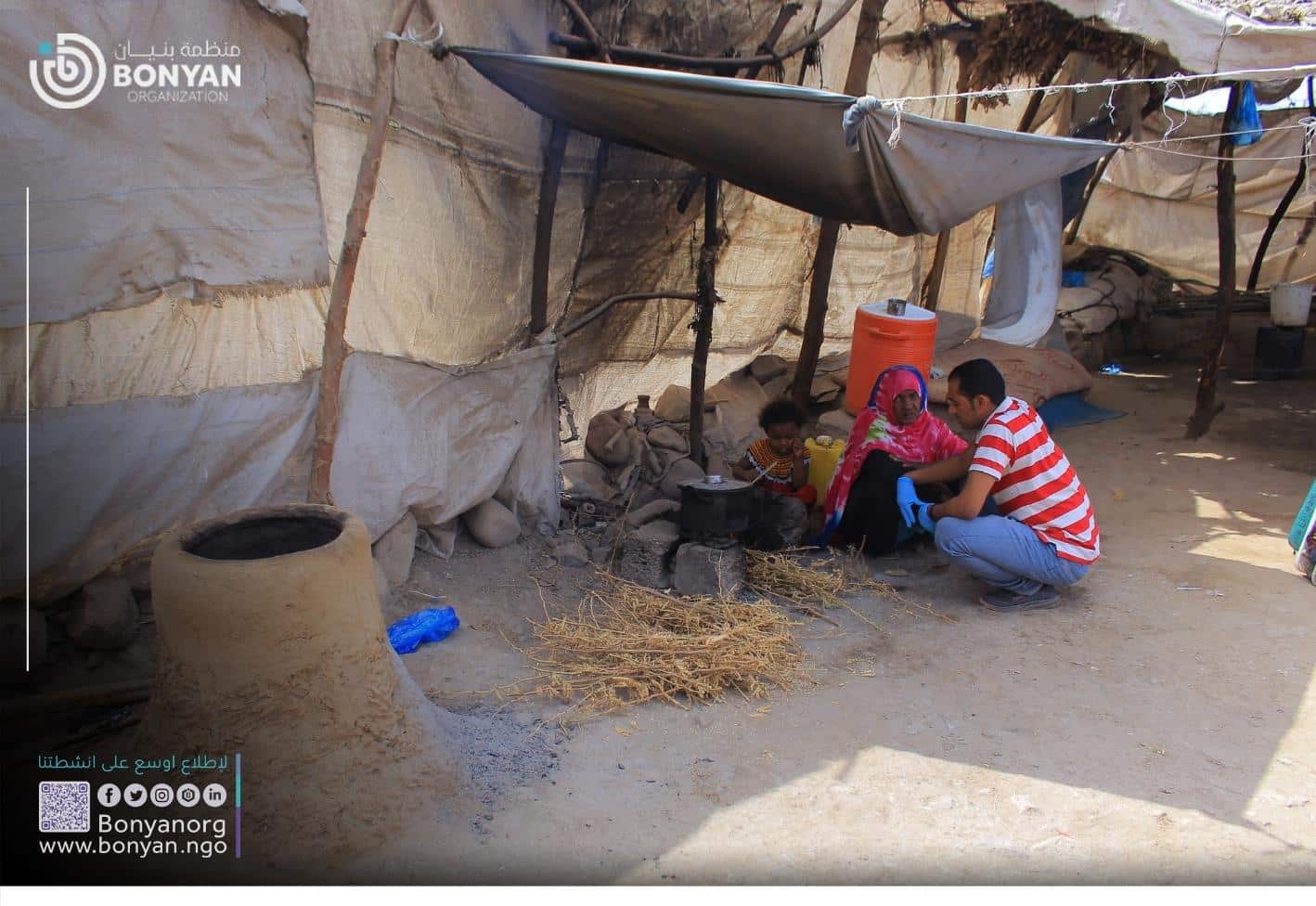Humanitarian Risks in Yemen
Yemen is facing an acute humanitarian crisis that has killed and injured over 18,400 civilians due to seven years of war and destruction.
According to I.R.C. economic recovery and development manager Ebtihal Ghanem, “Yemen is still one of the largest humanitarian crises in the world. More than half of Yemen’s population is unable to access clean water and food for survival, and the rate of poverty and hunger are increasing every day.”.
Situation Overview
The International Rescue Committee’s Emergency Watchlist ranks Yemen as the third country most at risk of the worsening humanitarian crisis after Afghanistan and Ethiopia in 2022.
Economic collapse and the destruction of health, education, and other critical systems due to years of conflict will continue to push Yemenis deeper into need.
Economic Crisis
Needs are rising throughout Yemen. In particular, 15.6 million people are now experiencing extreme poverty. Inflation is growing, particularly in southern Yemen, with 1 U.S. dollar in December 2021 worth 1,670 Yemeni Rials in the south—a rise of 140% since the start of the year.
The economic crisis has affected the most important vital sectors in the country. Most doctors, teachers, and other civil servants have not received reliable salaries for years, undermining critical public systems.
Many of Yemen’s existing public systems would collapse entirely without the salary subsidies paid by humanitarian organizations and charities.
Health Crisis
When talking about Yemen, the health crisis is at the top of the list after the ceasefire. According to I.R.C., more than 50% of the healthcare facilities are out of service, and less than 50% of functioning health centers have minimal capacities.
In Yemen; All healthcare facilities lack many essential equipment and supplies, overstretched and under capacitated.
Over 20 million people lack access to basic healthcare.
Education Crisis
In 2015, when the armed conflict started, almost 300 schools were damaged by conflict or used for military purposes. As a natural result, families in Yemen ceased to send their children to schools due to the danger and poverty.
After years of escalating conflict, the attacks on schools, children, teachers, and the educational infrastructure had left a devastating impact on the country’s educational system and kept millions of children now out of school.
The damage and closure of schools are threatening children’s access to education, rendering them vulnerable to serious protection concerns.
UNICEF __ Yemen
Today, more than 2,500 schools are out of use, with two-thirds damaged by attacks, 27 percent closed and 7 percent used for military purposes or as shelters for displaced people.

Restrictions on Humanitarian Access
Since the beginning of the armed conflict in Yemen, humanitarians’ ability to address the needs of Yemenis is limited by restrictions on humanitarian access imposed by all sides of the conflict.
the key concerns relate to bureaucratic impediments, such as;
- Months-long delays in receiving permission to implement humanitarian projects.
- Demands for information about clients of projects.
- The insecurity regularly disrupts humanitarian activities.
- The attacks on the aid convoys and stealing the aid set in it.
Like the multiple incidents that happened in 2021 where aid workers’ vehicles were hijacked—including two IRC vehicles.
Children and Women
The health crisis in Yemen is one of the worst in the world. Many factors have contributed to this crisis, but one of the most significant factors is the blockade imposed on Yemen.
Through these six years of brutal war and the blockade, the country’s infrastructure has been destroyed and, with it, went down the healthcare system.
Yemeni women and children are disproportionately affected by this crisis because they are more vulnerable to disease, malnutrition, and other risks associated with poverty.
Since there are no hospitals or medical facilities, women often give birth at home without any support from doctors or nurses, leading to death for both mother and child due to hemorrhages or infections during the delivery.
Women and children have been suffering from a health crisis. The most common diseases in Yemen are malaria, chronic respiratory diseases, and diarrhea. The situation has worsened due to the lack of medical supplies and healthcare services.
Displacement Crisis
The war in Yemen has left more than four million people displaced. 80% have been displaced for over a year. Up to 1.6 million displaced Yemenis are living in one of (2,200) hosting sites.
There were (19,894) families newly displaced in 2021. Women and children represent 79% of the displaced population.
Humanitarian Critical and Ongoing Needs
Millions of Yemenis lack access to…
- Clean safe drinking water.
- Sanitation.
- Decent nutrition.
- Hygiene infrastructure.
- Safe housing.
- Education.
Without a lasting peace in sight, Yemen continues to be torn apart by conflict, economic decline, the collapse of public services, disease outbreaks, loss of livelihoods, and food insecurity.

Funding through organizations, charities, and humanitarian partners will be directed to the most crucial needs of people in Yemen. Some are;
- Financial support and supplies for Water, Sanitation, and Hygiene (WASH).
- Medical care for the treatment of cholera, and other epidemics.
- Support and fund the extreme need for emergency food assistance.
- Provide food supplements to help address the high levels of malnutrition.
- Provision of food and cash support to grow and/or purchase food.
Bonyan Response
As an essential part of their dedication to the people in Yemen, Bonyan Organization customed food baskets and nutritional supplements for Yemenis. It provided the primary healthcare needs to the neediest in Yemen.
Bonyan Organization covers;
- The cost of medical examinations for needy families in areas that lack free medical services.
- The prices of medicines.
- The costs for minor surgeries if necessary.
- Distributes food baskets that meet the nutritional needs of a family of five people for a whole month.
- Distributes the daily requirement for bread for hundreds of needy families.
- Distributes the donations of Zakat al-Fitr and the sacrificial meat of Eid al-Adha to help the poorest and most needy people in Yemen.
Read More:
- Donate Medical Aid
- Emergency Relief And Aid
- Syrian Women In Migration And Displacement
- Education And Constantly Crisis In Palestine
FAQ
What Caused the Yemen Humanitarian Crisis?
The cause behind the Yemen humanitarian crisis is the ongoing civil war and the blockade imposed on it.
What is the Largest Humanitarian Crisis in the World?
Massive emigration.
Access clean water.
Epidemics and diseases.
Famine and malnutrition.
Healthcare services.
Education and child labor.
How Long Has the Yemen Humanitarian Crisis Been?
Yemen faces a critical humanitarian crisis due to the brutal war for seven years.



